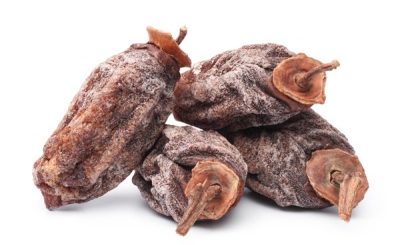Tips to help you choose fresh meat and fish without chemicals

Fresh meat and fish without worms or preserved with chemicals help you have a nutritious meal.
Beef and buffalo meat
There are a lot of worms in beef
According to medical experts, there are many flukes in beef and cattle, if you do not know how to choose, you will buy the wrong piece of meat contaminated with extremely dangerous flukes.
-Signs of helminth infection: Before deciding to buy, look around the grain of buffalo or cow, if when slicing the meat, there are white spots as big as needles interspersed in the fiber, the meat has been infected with roundworm, and if there are white spots as large as peas interspersed in the fiber, the meat is infected with flukes.
-Signs of chemical marinating: Fresh meat is red, not discolored to the touch (if the color is due to dyeing), slightly sticky, has high elasticity, pressing does not leave marks, however, If the color of the meat is less fresh, hard to the touch (due to urea or borax), there is no stickiness, you should absolutely not buy it.
Chicken
Chicken with a dark yellow color may be due to toxic dyes
-Signs of chemical impregnating: If it is our chicken, the skin is the same color, light yellow, only the breast, wings, and back areas when turned over are dark yellow, and the super-egg fake chicken is yellow or white in the whole body, if yellow Dark color may be caused by toxic dyes. In addition, when you notice that our chicken skin is yellow, to check if it is impregnated with chemicals, flip the fat inside, if it is white, the chicken must have been marinated with food coloring to look fresh.
Signs of healthy, fresh chicken: If the chicken is alive, the eyes must be bright, agile, shiny, smooth, small legs, fresh crest, but if the chicken shows signs of lethargy, cloudy eyes, purple crest, the chicken is not healthy, possibly have some disease. With ready-made chicken, note that when pressing on the meat, it has high elasticity, light stickiness, smoothness, light skin without any scratches, and bruised chicken may be due to death before being slaughtered. does not circulate and turns black, stagnates.
Pork
Do not buy pork with poor color, bad smell
-Signs of chemical impregnating, tapeworm infection: The piece of meat has a less fresh color, when pressed, it feels hard, has no elasticity and is sticky, smells bad when brought up, or the piece of meat is soft. You can use your hands to gently press the lean meat and get crushed, the cause may be that the meat has been marinated with urea or soldered, so it is hard or water is pumped to weigh so the meat is very mushy.
When looking at the grain of the meat, there are white stripes with the tip of a needle or a pea, it is the meat that has been infected with helminths or flukes, absolutely do not buy this type of meat.
-Signs of fresh meat: The meat has a natural red color, not too dark when touched, it is sticky to the touch, has high elasticity and does not leave a mark, thick when cooked, the meat does not produce much water, foam, no there is a bad smell.
Fresh fish
Fresh fish often have iridescent scales
– Fish gills: It’s best when you go to buy fish, you should draw the gills out, if you see that the gills are bright red, stick tightly to star fruit if it’s not vicious, it’s fresh, on the contrary, if the gills are gray, leave the star fruit and are stale.
-Fish eyes: Open, clear, protruding out, while rotten fish, the eyes are indented and opaque.
-Fish scales: Fresh fish scales are usually shiny, stick to the skin, and rotten fish are easy to fall off.
-When pressed on fresh fish, the meat is firm and elastic, when the fish is rotten, it is pasty, when pressed, the deep dents appear, the scalp is gray, the belly is swollen.
-Signs of chemical impregnating, freezing: For fish that has been frozen for too long, even though their gills are red, they are very hard, while those impregnated with dangerous chemicals need to be carefully observed. Chemically impregnated fish, gills are still red, but when pressed, the fish is soft, leaving a mark, smelling bad, not a characteristic fishy smell. This sign is more obvious when washing the water, the fish will be mushy, when frying or stocking the fish it smells very bad.
With seafood such as squid, shrimp, and octopus, you can also try this test to distinguish if the seafood is fresh or marinated.










